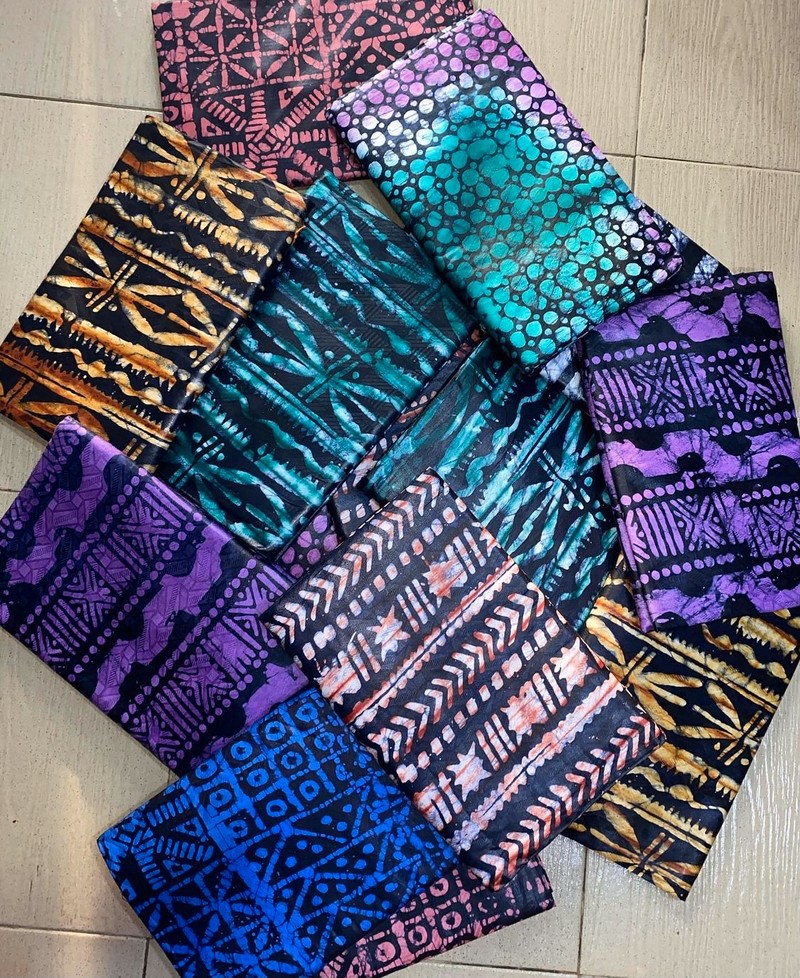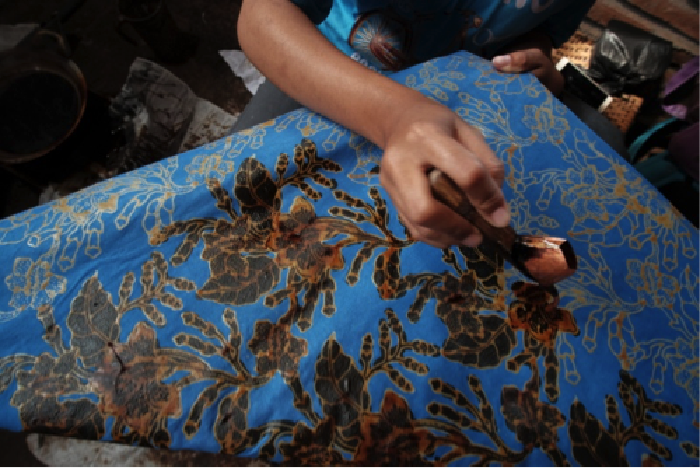Textile Design (Tie & Dye, Batik)
Textile Design (Tie & Dye, Batik)

Course Overview
The Textile Design (Tie & Dye, Batik) course introduces learners to the creative art and science of fabric decoration through traditional and modern methods. It focuses on color application, fabric treatment, resist dyeing techniques, pattern creation, and fabric finishing. Students gain practical skills in designing unique fabrics suitable for fashion, interior décor, and commercial use, combining creativity with craftsmanship.
Course Objective
By the end of this course, learners will be able to:
Understand the principles and history of textile design.
Master various tie & dye and batik techniques.
Prepare dyes and select appropriate fabrics for design projects.
Create color combinations and patterns using resist-dyeing methods.
Apply safe and eco-friendly dyeing practices.
Design, produce, and market hand-dyed textiles.

Who Should Enroll?
This course is ideal for:
Creative individuals interested in fabric art and design.
Fashion designers looking to expand their design skills.
Entrepreneurs seeking to start textile or fabric production businesses.
Art and craft enthusiasts passionate about fabric decoration.
Course Modules
1. Introduction to Textile Design
Overview of textile arts and fabric decoration techniques
History and cultural significance of tie & dye and batik
2. Materials, Tools, and Safety
Types of fabrics suitable for dyeing
Dyes, wax, resists, and other materials
Safety procedures and workspace setup
3. Color Theory and Fabric Preparation
Understanding colors, tones, and contrasts
Preparing and pre-treating fabrics for dyeing
4. Tie & Dye Techniques
Folding, twisting, knotting, and binding methods
Spiral, stripe, marble, and circular patterns
Multi-color and gradient dyeing
5. Batik Design Techniques
Wax application methods (brush, stamp, crackle, canting tool)
Layering colors and creating complex batik designs
Removing wax and finishing batik fabrics
6. Design Development and Creativity
Sketching and planning textile patterns
Experimenting with color blending and pattern repetition
7. Textile Finishing and Preservation
Washing, ironing, and setting dyes
Maintaining colorfastness and texture
8. Entrepreneurship in Textile Design
Branding and marketing handmade textiles
Setting up a small-scale fabric production business
Pricing and packaging finished fabrics
Learning Methods
Practical hands-on workshops and dyeing sessions
Instructor-led demonstrations
Design projects and exhibitions
Peer review and collaborative design exercises
Assessment & Certification
Continuous practical assessments and fabric design projects
Evaluation based on creativity, technique, and color application
Final presentation of tie & dye or batik collection
Successful participants receive a Certificate in Textile Design (Tie & Dye, Batik)
Career Opportunities
Graduates can work as:
Graphic Designers
Brand Identity Designers
Social Media Designers
Print Media Designers (flyers, posters, magazines)
Freelance Digital Artists
They may also advance into UI/UX Design, Motion Graphics, or Creative Direction with further studies.
Duration & Requirements
Duration: 3 – 6 months (depending on training schedule)
Requirements: Creativity, interest in fabric design, and willingness to learn. No prior experience required.

